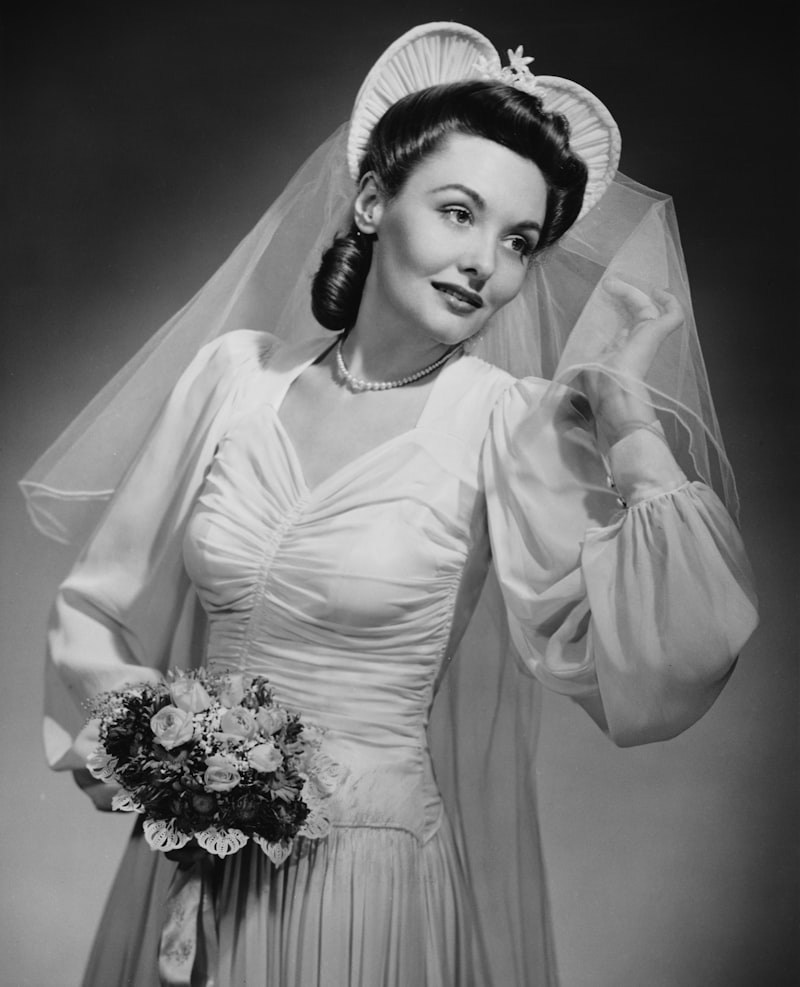The Cultural Significance of the Wedding Dress Throughout History
The Cultural Significance of the Wedding Dress Throughout History
Throughout the ages, the wedding dress has evolved beyond mere fabric and design, embodying rich cultural significance and reflecting societal values, traditions, and the essence of love. This article explores the intriguing historical journey of wedding dresses, their meanings in various cultures, and their evolution over time, shedding light on the social implications tied to this iconic garment.
The Historical Journey of Wedding Dresses
The history of wedding dresses is a testament to how fashion intertwines with cultural practices. Wedding dresses have been worn in various styles across the globe, each representing a unique cultural flavor and societal status. Below is a summarized timeline highlighting key periods in the evolution of wedding dresses:
| Time Period | Style and Significance |
| Ancient Rome and Greece | Brides wore tunics and crowns of flowers, symbolizing purity and fertility. |
| Medieval Period (12th-15th Century) | Rich fabrics and formal attire became popular among nobility, often incorporating royal colors. |
| Victorian Era (19th Century) | Queen Victoria popularized the white wedding dress in 1840, symbolizing purity and elegance. |
| Modern Era (20th Century onwards) | Variety in styles emerged, with diverse cultural influences shaping wedding dresses across the globe. |
The Cultural Significance Across Different Societies
Marriage customs and attire vary significantly around the world, influenced by geographical, historical, and religious contexts. Below, we explore how the wedding dress holds cultural significance in different societies:
1. Western Cultures
In Western societies, particularly those influenced by European traditions, the white wedding dress symbolizes purity, innocence, and new beginnings. Queen Victoria's choice of a white gown set a trend that soon became the standard. Today, the white dress is synonymous with the Western concept of marriage.
2. Chinese Culture
In China, traditional wedding attire is often red, symbolizing good luck, happiness, and prosperity. The modern Chinese bride may change into multiple outfits during the wedding ceremony to honor both traditional values and contemporary styles. The dragon and phoenix motifs often featured in these dresses symbolize harmony between the couple.
3. Indian Culture
Indian weddings are known for their vibrant colors and intricate designs. Bridal attire varies by region, with sarees or lehengas often adorned with rich embroidery and jewels. The color red is predominant, representing love and prosperity. The wedding dress also reflects the bride's cultural heritage, often incorporating traditional embroidery that carries historical significance.

The Symbolism of Colors in Wedding Dresses
The choice of color in a wedding dress is not merely aesthetic; it carries deep connotations. Here’s a brief overview of popular wedding dress colors and their meanings:
| Color | Symbolism |
| White | Purity and innocence |
| Red | Fortune and joy |
| Pink | Love and romance |
| Blue | Calmness and serenity |
| Black | Elegance and formality |
Modern Trends in Wedding Dresses
In recent decades, wedding dresses have evolved to reflect modern trends and evolving social norms. Today, brides have the freedom to choose from an extensive range of styles, lengths, and colors. Some notable contemporary trends include:
1. Non-traditional Colors
Brides are increasingly opting for colors beyond white, including shades of blue, blush, and even bolder hues. These choices reflect personal style and can convey unique messages about individuality and non-conformity.
2. Sustainable Materials
As awareness about environmental issues grows, many brides are opting for eco-friendly wedding dresses made from sustainable materials. This trend not only emphasizes personal values but also promotes an industry shift towards sustainability.
3. Cultural Fusion
With globalization, many brides are blending cultural elements to create hybrid wedding dresses that reflect both their heritage and modern fashion. This fusion often leads to unique designs that carry personal significance.
Conclusion
The wedding dress is more than just a garment; it encapsulates the cultural significance and historical context of marriage across the globe. From the opulent fabrics of royal ceremonies to the vibrant colors of cultural celebrations, each wedding dress tells a story. As we move forward, it’s essential to recognize the evolving nature of wedding dresses and the diverse meanings they hold. When choosing a wedding dress, brides are encouraged to consider what resonates with their personal values and cultural heritage, ensuring that this intimate expression reflects their journey and commitment.
In summary, the wedding dress serves as a powerful symbol of love, culture, and personal identity. Whether opting for a traditional look or embracing modern trends, it’s crucial to cherish the significance of this attire as a vital part of the wedding experience. As you contemplate your wedding dress choices, remember to embrace what makes you unique and honor the traditions that speak to your heart.
